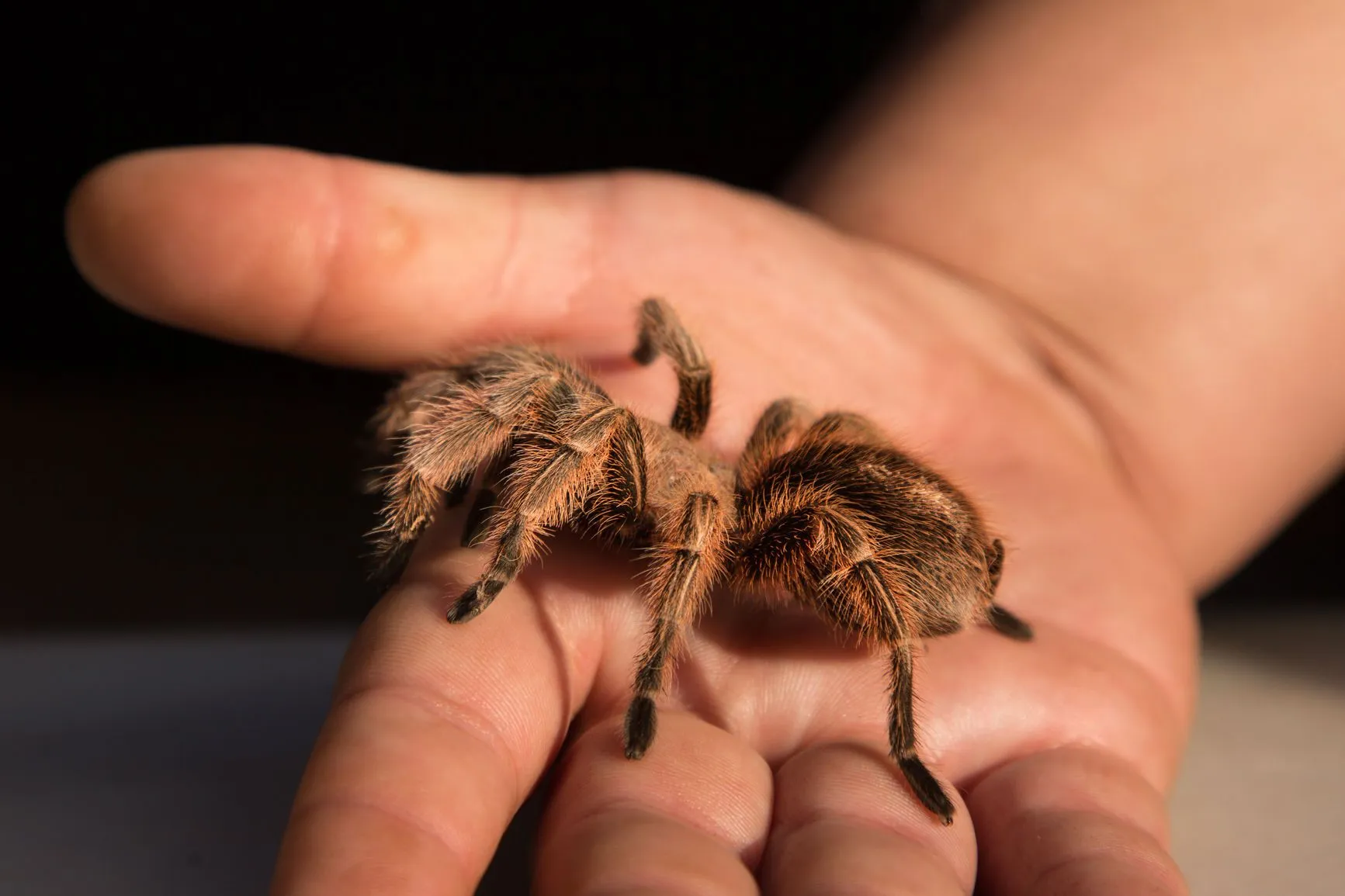Top 5 Safest Tarantula Pets
Choosing a tarantula as a pet can be an exciting experience, but it’s essential to prioritize safety and responsible pet ownership. This guide highlights the top five safest tarantula species for beginners, taking into consideration their temperament, ease of care, and overall suitability for novice keepers. Remember, every tarantula is a unique individual, and their behavior can vary. Always research the specific needs of any tarantula before bringing it home, and handle them with caution and respect. This list is designed to help you make an informed decision and enjoy the rewarding experience of owning these fascinating creatures. Selecting the right species is the first step towards a fulfilling and safe tarantula-keeping journey.
Understanding Tarantula Temperament
Before diving into specific species, understanding tarantula temperament is crucial. Tarantulas, while generally not aggressive, possess defensive behaviors. These spiders may flick urticating hairs, bite, or retreat when feeling threatened. The ‘safest’ tarantulas are those with more docile temperaments, meaning they are less prone to displaying these defensive actions. Factors influencing temperament include the species’ genetic predispositions, the individual tarantula’s experience, and the environmental conditions. Proper handling techniques, providing a suitable enclosure, and avoiding unnecessary disturbances contribute to a calmer tarantula. Careful observation of a tarantula’s behavior helps in understanding its comfort level, making the interaction safer for both the keeper and the pet. Learning their cues is essential.
Handling Tarantulas Safely
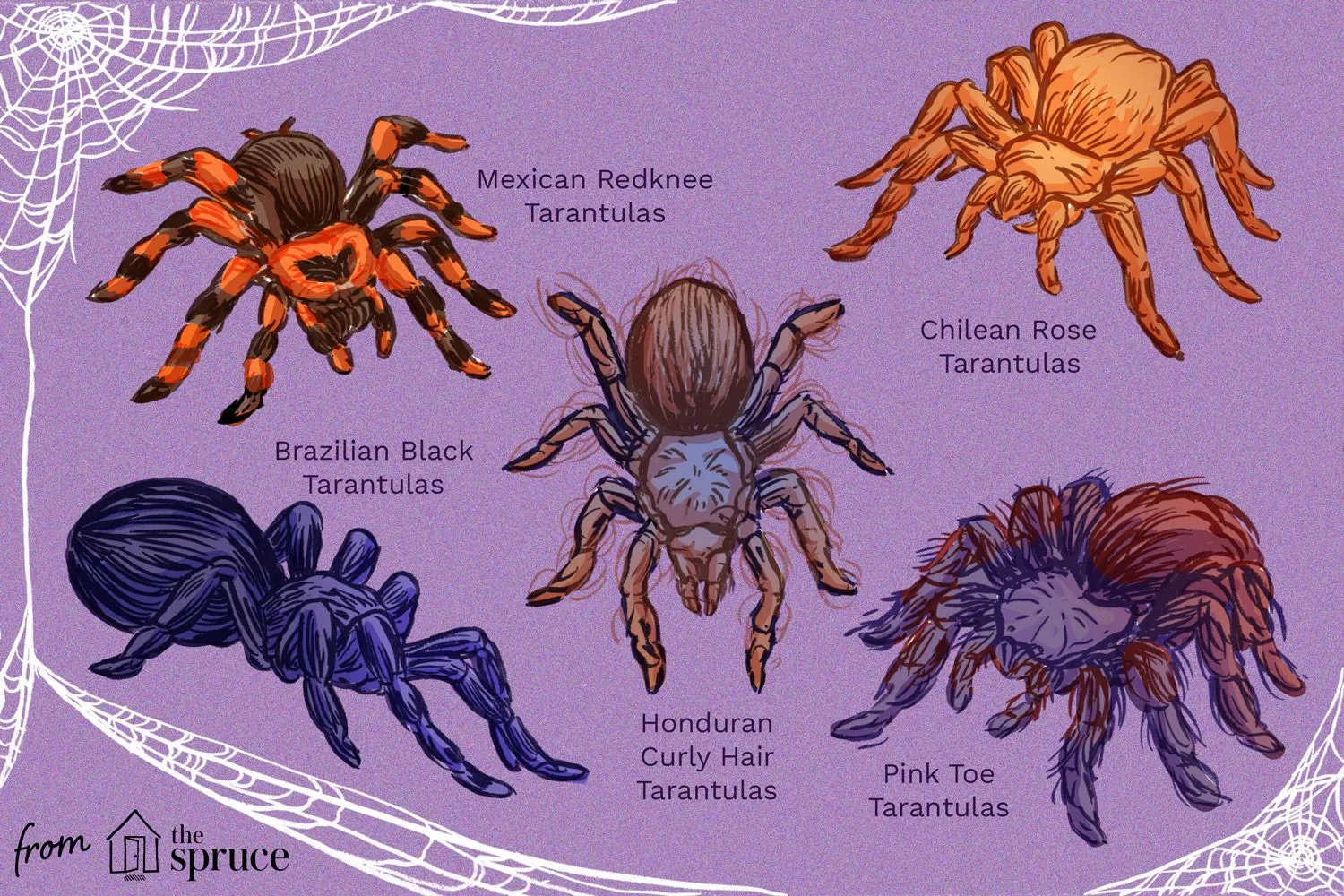
Handling tarantulas should be approached with caution, even for the safest species. It’s recommended to handle them as little as possible to minimize stress. If handling is necessary (for example, to move the tarantula to clean the enclosure), do so slowly and gently, avoiding sudden movements that could startle the spider. Always handle tarantulas close to the ground to prevent injury from a fall. Use a soft brush to gently guide the tarantula if needed. Before handling, wash your hands thoroughly to remove any scents that could agitate the spider. Supervise children closely, as their movements can be unpredictable. It’s also important to be aware of urticating hairs, which some tarantulas use as a defense mechanism. When handling is necessary, make sure to do it in a safe environment that avoids any potential risks to either the spider or the keeper.
The Chilean Rose Hair Tarantula
The Chilean Rose Hair Tarantula (Grammostola rosea) is often considered one of the best beginner tarantulas due to its docile temperament and relatively easy care requirements. These tarantulas are known for their calm nature, making them less likely to bite or exhibit defensive behaviors. Their lifespan, which can extend to 15-20 years for females, allows keepers to enjoy the companionship of their tarantula for an extended period. They are relatively slow-moving, making them easier to observe and care for. Their calm demeanor and tolerance of handling make them a good choice for those new to the hobby. Before bringing a Chilean Rose Hair Tarantula home, make sure to learn all the basic care requirements.
Chilean Rose Hair Tarantula Appearance
Chilean Rose Hair Tarantulas are medium-sized, typically reaching a leg span of 5-6 inches. They have a brownish body covered with fine, rose-colored hairs, which give them their name. These spiders are not known for being particularly colorful, but their understated beauty is part of their charm. The females are typically larger than the males. Their overall appearance is robust, which, combined with their calm temperament, makes them an appealing pet for many. Proper lighting in their enclosure will help to highlight their color and texture.
Chilean Rose Hair Tarantula Care
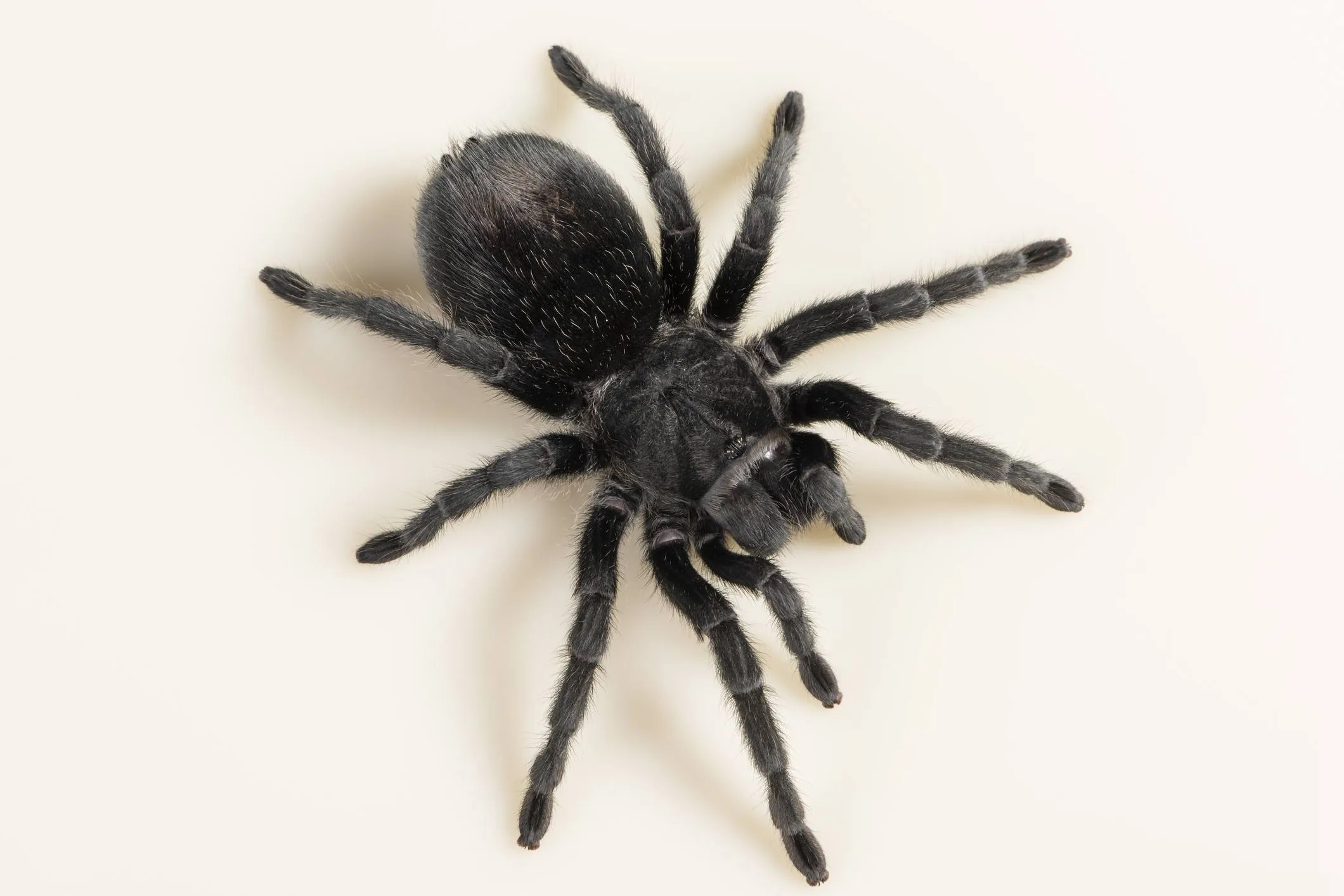
Caring for a Chilean Rose Hair Tarantula is relatively straightforward. They require a terrestrial setup with a substrate of coconut fiber or peat moss to allow them to burrow. The enclosure should be well-ventilated and maintained at a temperature between 70-80°F (21-27°C). Humidity levels should be kept moderate. They can be fed a diet of crickets, mealworms, and other insects. Fresh water should always be available in a shallow dish. Avoid handling them frequently, as it can stress them out. Regular cleaning of the enclosure and careful monitoring of the tarantula’s health are essential. These tarantulas are known for their hardiness, which contributes to their popularity as pets.
The Pinktoe Tarantula
The Pinktoe Tarantula (Avicularia avicularia) is a beautiful and relatively docile arboreal species, meaning it lives in trees. Their attractive appearance and relatively calm nature make them a popular choice for intermediate keepers. They require specific care to thrive, including a vertically-oriented enclosure and higher humidity levels than terrestrial species. With proper care, they can be a rewarding addition to your home. Their vibrant colors add an appealing aesthetic to their care requirements.
Pinktoe Tarantula Appearance
Pinktoe Tarantulas are easily recognized by their vibrant pink or reddish toes, contrasting with their dark bodies. They have a leg span of approximately 4-5 inches. Their bodies are covered in fine hairs. They are known for their elegant appearance and arboreal lifestyle. The colors of these tarantulas can vary, adding to their appeal. Proper lighting in their enclosure helps to showcase their striking features. It’s a wonderful species to observe.
Pinktoe Tarantula Care
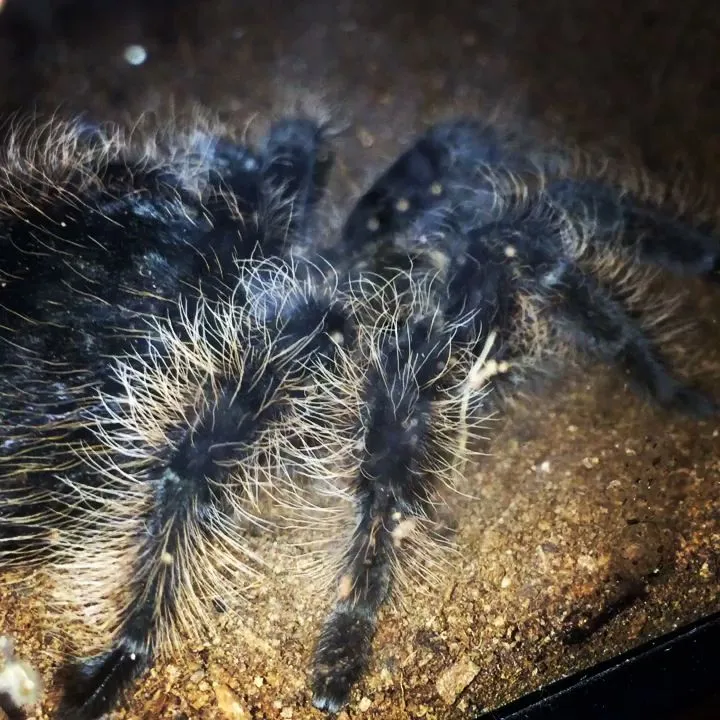
Pinktoe Tarantulas need a tall, vertically-oriented enclosure. The enclosure should have good ventilation and humidity levels between 70-80%. They require a substrate appropriate for humidity retention. The enclosure should include branches or plants for climbing. They should be fed a varied diet of insects such as crickets and roaches. Fresh water should always be available. Monitoring the humidity is essential for their health and well-being. They are more delicate than some other species, so careful attention to their needs is vital. Regularly check for mold or other issues.
The Mexican Red Knee Tarantula
The Mexican Red Knee Tarantula (Brachypelma hamorii) is another popular choice, admired for its striking appearance and generally docile temperament. They are known for the bright red-orange markings on their leg joints. They are slow-moving, which makes them easier to observe and handle (though handling should still be minimized). Their relatively easy care requirements make them a good choice for beginners. However, they are more sensitive to the environment.
Mexican Red Knee Tarantula Appearance
Mexican Red Knee Tarantulas are famous for their distinctive coloration. They have a black body with vibrant red-orange bands on their leg joints. They can reach a leg span of 5-6 inches. Their striking appearance makes them a favorite among tarantula enthusiasts. Their overall robust appearance contributes to their appeal. When housed properly, the contrast of colors is a very attractive visual.
Mexican Red Knee Tarantula Care
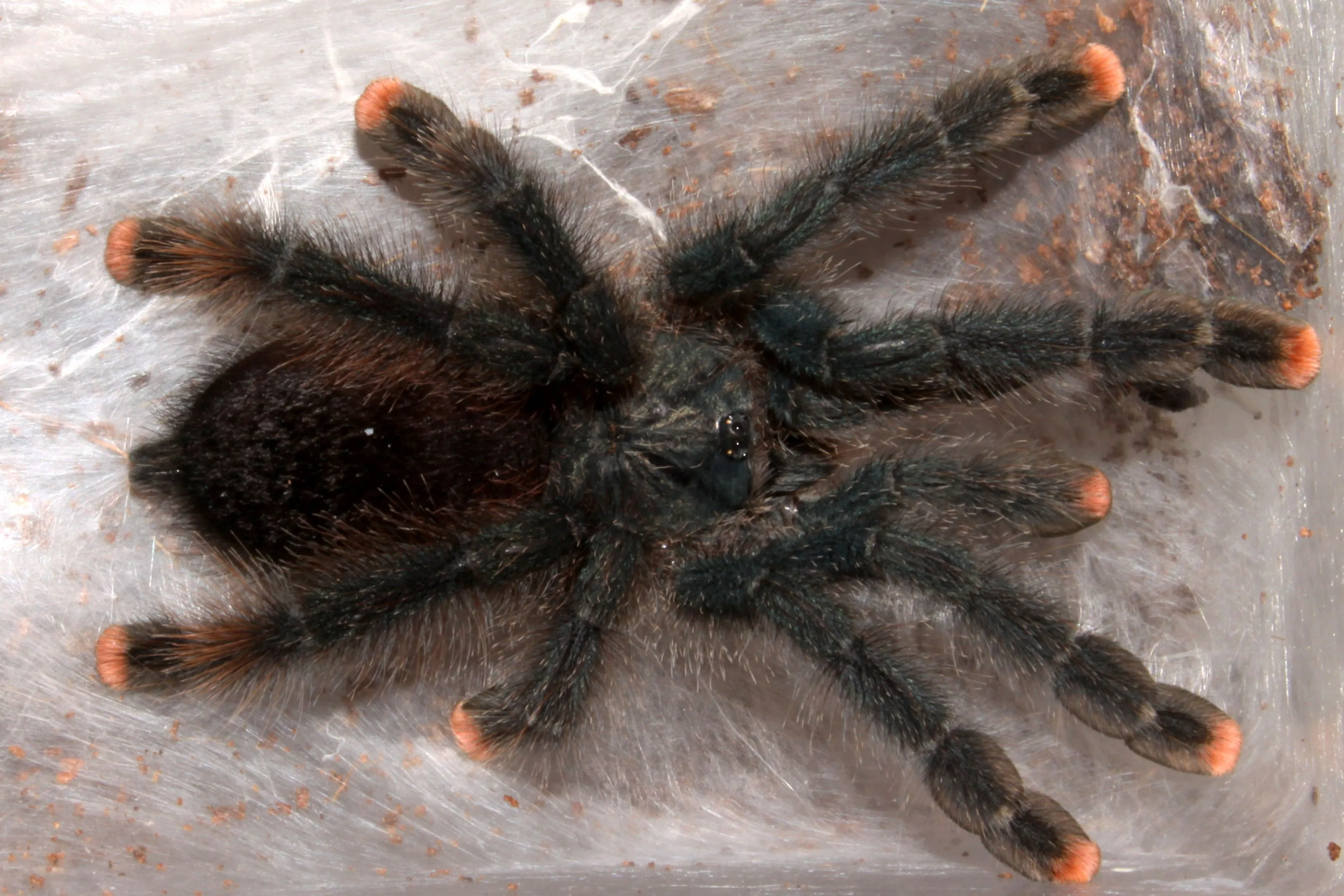
The Mexican Red Knee Tarantula needs a terrestrial setup with a substrate of coconut fiber or peat moss. The enclosure needs to be well-ventilated and kept at a temperature between 70-80°F (21-27°C). Humidity should be moderate. They should be fed a diet of insects, such as crickets, mealworms, and roaches. A shallow dish with fresh water is a necessity. Regular cleaning of the enclosure and monitoring the tarantula’s health are critical. Their habitat needs to be carefully managed for the spider’s health. Avoid excessive handling, as these tarantulas can be sensitive.
The Curly Hair Tarantula
The Curly Hair Tarantula (Tliltocatl albopilosus) is another excellent option for beginners, renowned for its docile temperament and striking appearance. Their unique coat of curly hairs adds to their appeal. They are relatively easy to care for, making them a good entry point into the tarantula-keeping hobby. However, they are prone to flicking hairs when stressed, which can cause irritation. Overall, they are a good pet choice.
Curly Hair Tarantula Appearance
Curly Hair Tarantulas are notable for their distinctive curly hairs, which give them their name. They have a dark body with tan or golden-brown hairs. They can reach a leg span of approximately 5-6 inches. Their unique appearance and relatively calm nature make them attractive to keepers. The overall coloration provides a beautiful contrast of colors and textures. The curly hairs give them a unique look that distinguishes them from other species.
Curly Hair Tarantula Care
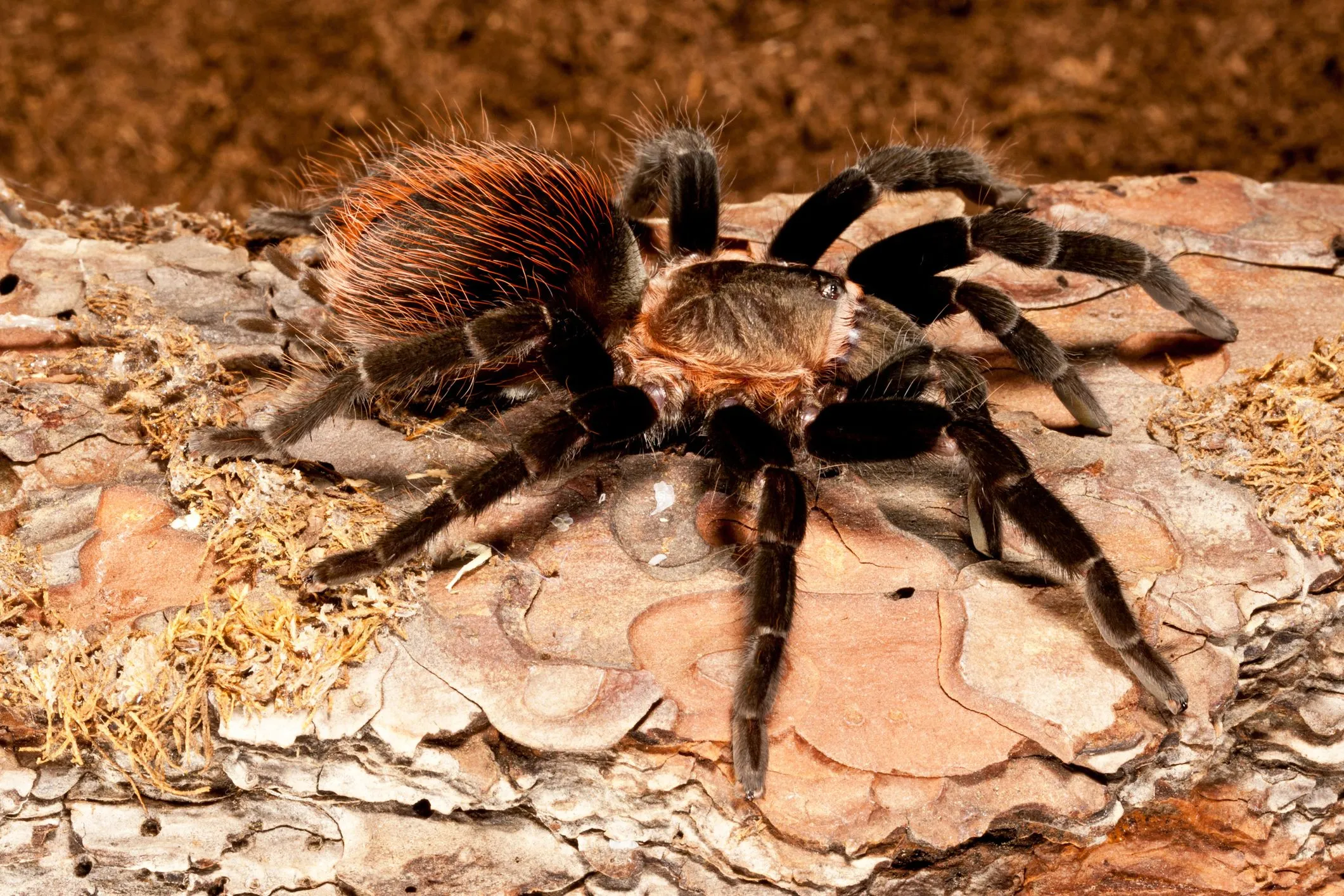
Curly Hair Tarantulas need a terrestrial enclosure with a substrate that allows them to burrow. The enclosure should be well-ventilated and maintained at temperatures between 70-80°F (21-27°C). Humidity levels should be moderate. They can be fed a diet of insects such as crickets, mealworms, and roaches. A shallow dish with fresh water is essential. Avoid disturbing them excessively. Regularly clean the enclosure to maintain hygiene. Provide a secure environment to minimize stress. This species can tolerate a wider range of environmental conditions. Always wash hands after handling.
The Emperor Tarantula
The Emperor Tarantula (possibly, likely Pamphobeteus sp.) is known for its impressive size and relatively calm demeanor. Though this is a debated name due to potential misidentification. These tarantulas can be a rewarding choice for experienced beginners or those who have done extensive research. They require specific care needs to thrive. Their size and unique characteristics make them a fascinating pet. Be very careful when handling.
Emperor Tarantula Appearance
Emperor Tarantulas are among the largest tarantulas. They can have a leg span of up to 8 inches. Their body coloration can vary, but they are typically dark brown or black. The size and imposing appearance are very striking. Ensure you have a large enough enclosure. Their overall appearance is impressive and attractive to hobbyists.
Emperor Tarantula Care

Emperor Tarantulas require a terrestrial enclosure with a thick substrate. The enclosure must be well-ventilated and the temperature must be kept between 75-85°F (24-29°C). Humidity levels should be moderate to high. They feed on insects, such as crickets and roaches. A large water dish should always be available. Regular cleaning of the enclosure is crucial for hygiene. Provide hiding places and a secure environment. Avoid excessive handling due to their size. It’s important to be familiar with their specific care requirements.
Choosing the Right Tarantula
Choosing the right tarantula is a significant decision that depends on individual circumstances. Evaluate your experience level, lifestyle, and commitment to providing proper care. Consider the tarantula’s temperament, size, and lifespan. Research each species thoroughly. Don’t rush the process. It’s essential to find a species that aligns with your needs and capabilities. Your choice should be made based on research, not just appearance.
Considering Your Lifestyle
Your lifestyle will impact the tarantula you choose. Think about how much time you have to devote to care. Do you travel frequently, or are you mostly home? Consider your living space; some species need larger enclosures. Make sure you are prepared to maintain their habitat properly. If you have children or other pets, choose a species with a calmer temperament. It’s crucial to consider how the tarantula fits into your daily life.
Researching Tarantula Needs

Before acquiring a tarantula, extensive research is essential. Understand the specific needs of the species you are considering. Learn about their habitat requirements, feeding habits, and health issues. Consult reputable sources like experienced keepers and online forums. Familiarize yourself with the tarantula’s behavior and warning signs. Doing your research will give you a better understanding. Researching is essential for the care of the tarantula.
Essential Tarantula Care Supplies
To properly care for a tarantula, you’ll need specific supplies. This includes an appropriate-sized enclosure, substrate (such as coconut fiber or peat moss), a water dish, and a hide or shelter. You will also need feeding tongs, a misting bottle, and possibly a thermometer and hygrometer to monitor the environment. Prepare your supplies before you bring your tarantula home. These supplies are essential for a healthy habitat.
Maintaining a Safe Environment
A safe environment is essential for a tarantula’s well-being. Keep the enclosure clean and maintain the correct temperature and humidity levels. Avoid direct sunlight and drafts. Secure the enclosure to prevent escapes. Provide appropriate substrate for burrowing or climbing. Regularly monitor the tarantula’s health and watch for signs of illness. Always provide fresh water. A secure and clean environment helps in avoiding stress and illnesses for your tarantula.
Feeding Your Tarantula
Feeding your tarantula correctly is essential for its health. Offer a varied diet of appropriate-sized insects, such as crickets, mealworms, and roaches. The frequency of feeding depends on the tarantula’s age and species. Provide food items that are appropriately sized so that the tarantula can handle them. Avoid overfeeding. Remove uneaten food to prevent mold and mites. Always ensure that a source of fresh water is available. A well-nourished tarantula is a healthy one.
Handling and Interaction
Handle your tarantula with caution and minimize handling to reduce stress. If handling is necessary, do so gently and slowly, and close to the ground. Be mindful of urticating hairs and potential bites. Wash your hands thoroughly before and after handling. Supervise children. Not all species are suitable for handling. Enjoy observing your tarantula. Always prioritize the tarantula’s safety.
Health and Common Issues
Tarantulas can experience health issues. Common problems include dehydration, mites, and molting complications. Recognize the signs of illness, such as lethargy, loss of appetite, or unusual behaviors. Consult with an experienced keeper or a veterinarian if you are concerned. Regularly inspect your tarantula’s health. Ensure your tarantula’s enclosure provides a suitable environment. Address any issues promptly.
Conclusion
Choosing the right tarantula as a pet involves careful consideration, research, and responsible pet ownership. By selecting a species with a suitable temperament, providing the proper care, and handling them with caution, you can enjoy the rewarding experience of owning these fascinating creatures. Prioritize the health and safety of your tarantula. Enjoy the fascinating world of tarantulas.
